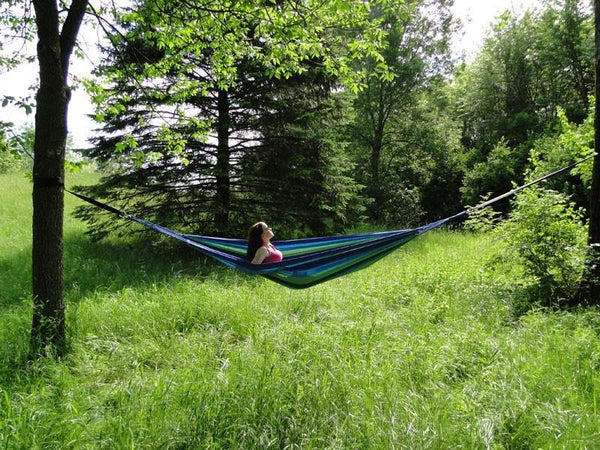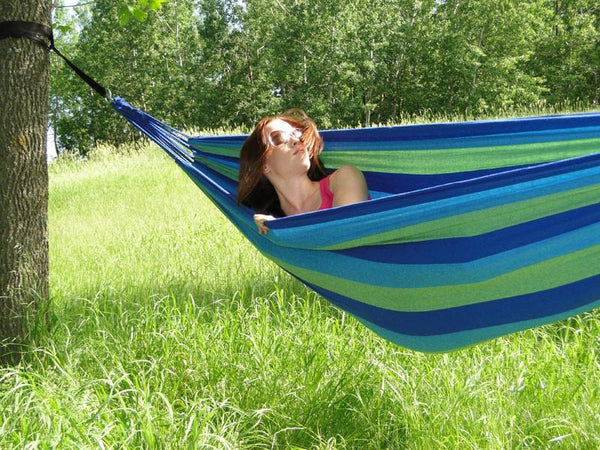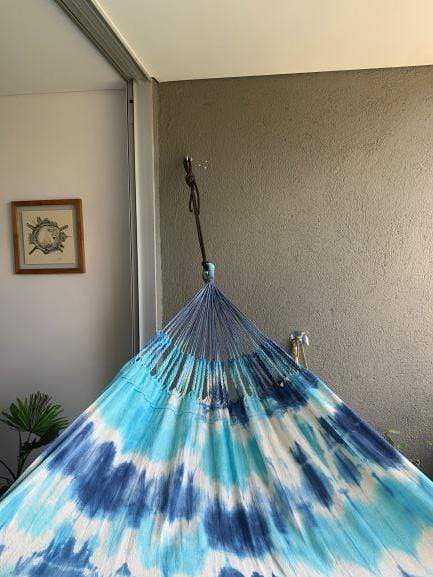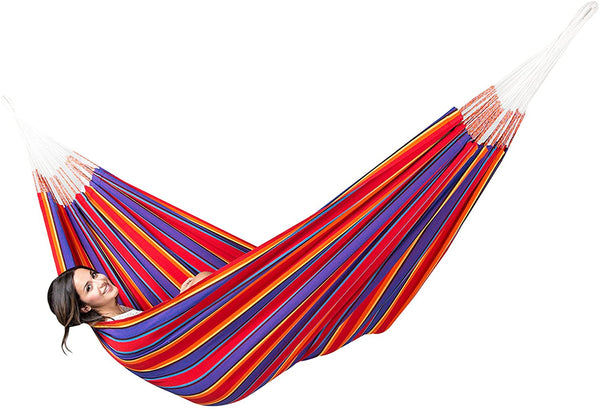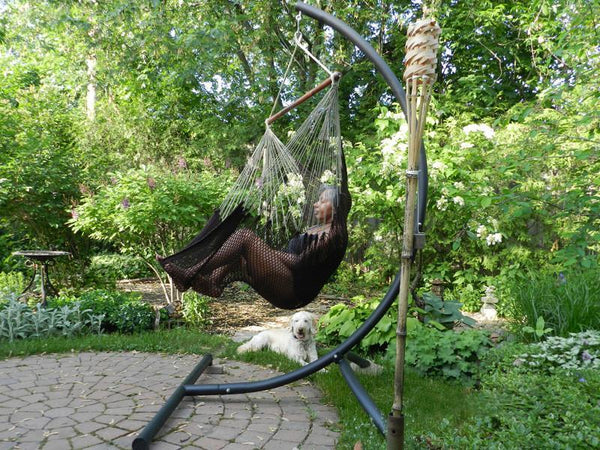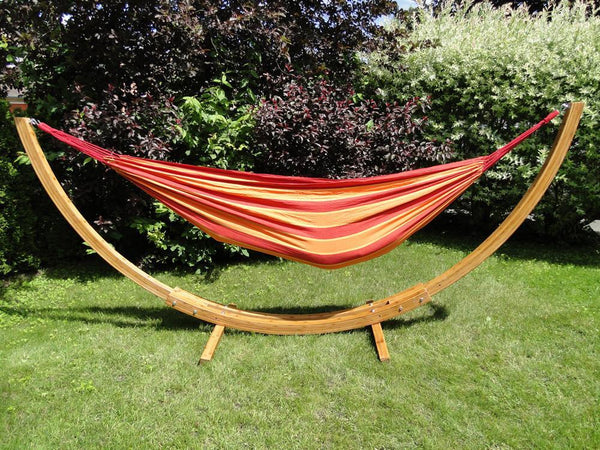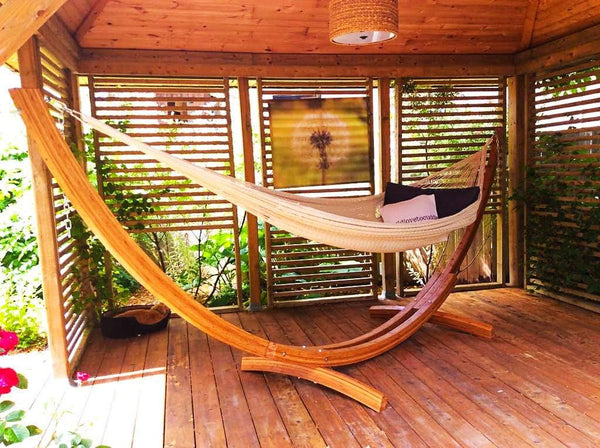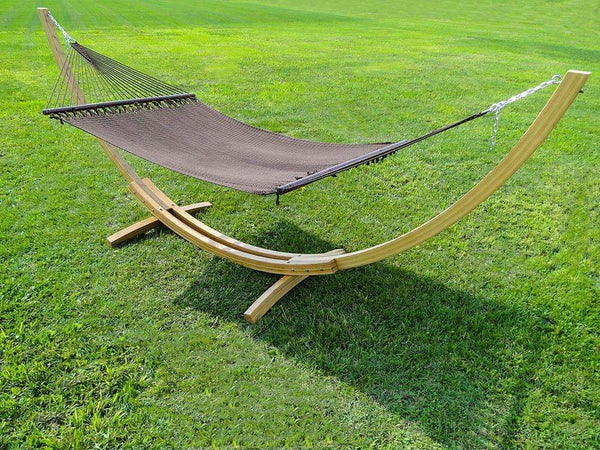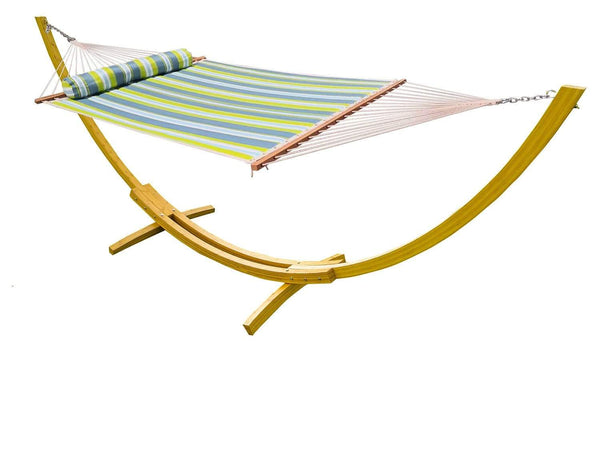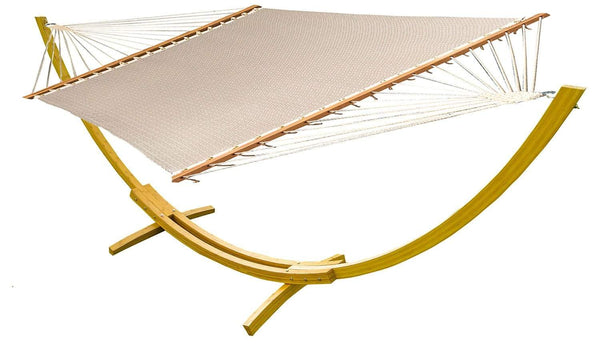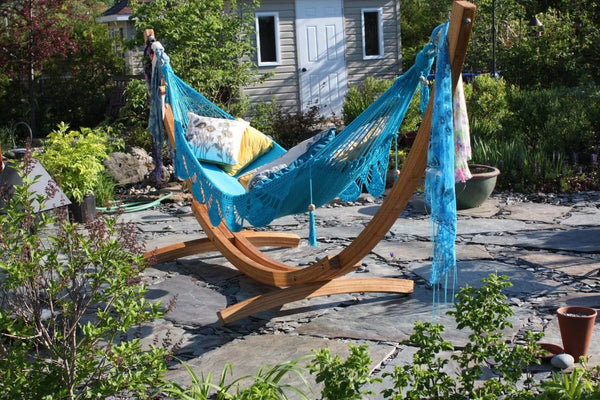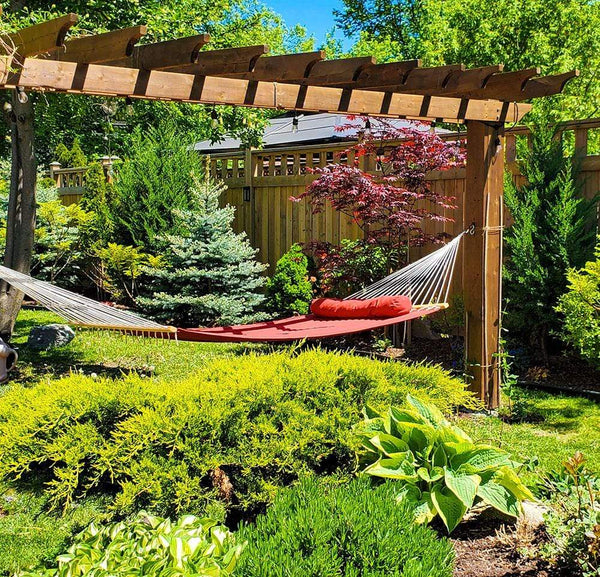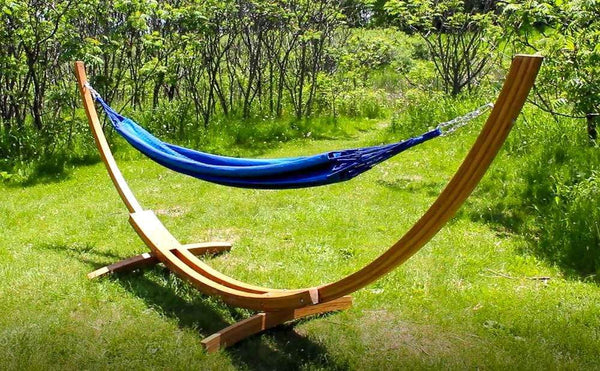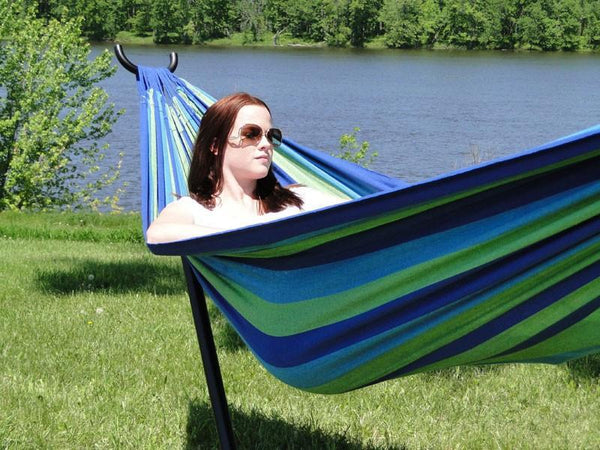FREE SHIPPING on most orders $25+ HAMMOCK BUYING GUIDE
Menu
-
-
Hammocks
-
Hammock Stands
-
Hammocks with Stands
-
Hanging Hammock Chairs
- View all Hammock Chairs
- Brazilian Style Hammock Chairs
- Colombian Hammock Chairs
- Mayan Hammock Chairs
- Mayan Hammock Chairs Deluxe
- Universal Hammock Chair Stand
- U Hammock Chair Stand
- Brazilian Hammock Chair with Universal Chair Stand
- Colombian Hammock Chair with Universal Chair Stand
- Mayan Hammock Chair with Universal Chair Stand
- Mayan Hammock Chair Deluxe with Universal Stand
-
Accessories
- Gift Cards
- Tools and Guides
- Bargain Bin
-
- 1-800-207-4761
- Login

FREE SHIPPING on most orders $25+ HAMMOCK BUYING GUIDE
Natural Ways to Cope With Seasonal Affective Disorder (SAD)
February 07, 2020 6 min read
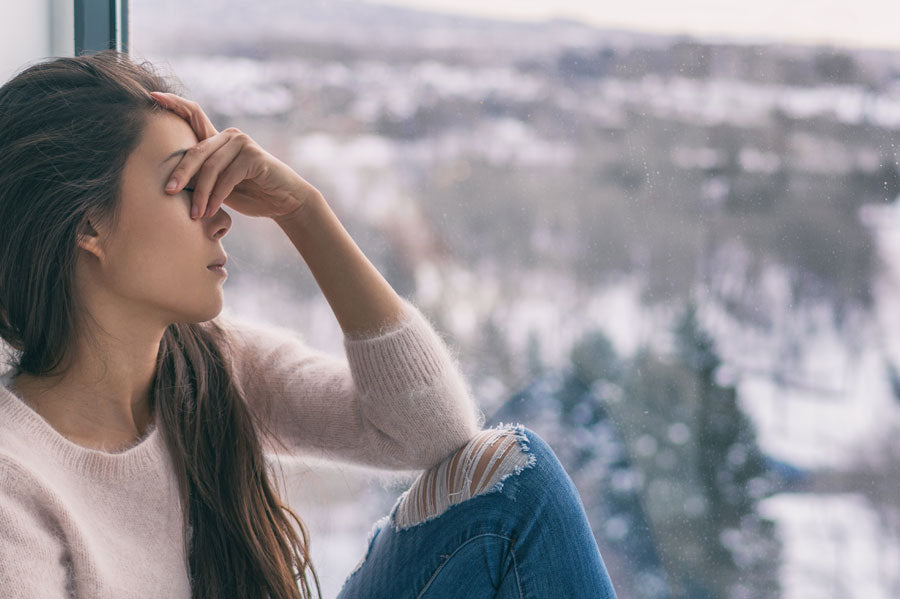
A Look at SAD & Tips to Help Alleviate Its Symptoms
Winter blues making you not feel like your usual self? Seasonal affective disorder (SAD) is a type of depression that occurs due to a shift in seasonal patterns, predominantly during the winter months. But there are many effective, natural, and even fun ways to boost your mood and banish those winter woes.
FEATURED PRODUCT: COLOMBIAN DOUBLE HAMMOCK
Here’s a look at how this condition develops, who might be at risk, and natural treatment options to help mitigate the effects.
What is seasonal affective disorder, and how is it caused?
Seasonal affective disorder (SAD) is a type of depression that is linked to seasonal changes. It will begin and end around the same time each year.
Most people with SAD experience winter-onset SAD. Symptoms will usually start in the late fall or early winter and continue into the winter months until the sunny days of spring and summer arrive. However, some people experience SAD in the spring and summer. And in both cases, symptoms can start mild but get more severe throughout the season.
While the specific cause of SAD is still unknown, some factors might contribute to this disorder, most notably, the effect of sunlight—or a lack of sunlight—on the body.
Sunlight affects our biological clocks (circadian rhythms), including our melatonin production—which influences our sleep and mood—and serotonin levels—which influence many biological factors, including feelings of well-being and happiness.
Our bodies also produce vitamin D after exposure to sunlight. And there are possible links between vitamin D and serotonin, which could explain the onset of depression for some people.
So when our exposure to sunlight changes with the seasons, this can disrupt our biological clocks, disturb our neurotransmitter functions, and cause symptoms of depression.
Whom is it likely to affect?
Women are more likely to be diagnosed with SAD than men. And young people and younger adults are more likely to experience SAD than older adults.
Other factors that can increase the risk of SAD include:
- Living far from the equator—SAD is more common among people who live far from the equator in both the north and the south, perhaps due to decreased sunlight in winter and increased sunlight in summer.
- A family history of SAD or depression—people with SAD are more likely to have blood relatives with SAD or another form of depression.
- Having major depression or bipolar disorder—symptoms of depression can worsen seasonally for people with one of these conditions.
What are the symptoms?
Here are the general symptoms of SAD experienced in both winter and summer:
- Feeling depressed almost all day and most days
- Low interest in activities you typically enjoy
- Low energy
- Difficulty concentrating, remembering, and making decisions
- Impaired performance at work, school, or in social relationships
- Withdrawal from family and friends
- Sleep issues
- Changes in appetite and weight
- Feeling agitated or sluggish
- Feelings of guilt, hopelessness, worthlessness, and low self-esteem
- Crying easily or feeling like crying without being able to
- Loss of touch with reality, delusions (strange ideas), or hallucinations (hearing voices)
Specific Fall & Winter SAD Symptoms
- Changes in appetite—especially cravings for high-carb foods
- Weight gain
- Low energy and fatigue
- Oversleeping
Specific Spring & Summer SAD Symptoms
- Poor appetite
- Weight loss
- Agitation or anxiety
- Insomnia (difficulty sleeping)
READ MORE: THE EFFECTS OF STRESS ON YOUR BRAIN
How is it treated?
The following are recommended treatments for SAD to help keep your mood and motivation steady throughout the winter (or summer) months.
Spend Time Doing Things You Love
Though you might not feel up for it, push yourself to do things you would normally enjoy, like spending time with friends, reading, painting, and having fun. You will likely surprise yourself when you realize that you had fun after all, and your stress disappeared for a while.
FEATURED PRODUCT: DELUXE BRAZILIAN STYLE DOUBLE HAMMOCK
Spend More Time Outdoors
Staying active, social, and getting outside for a while every day can help reduce SAD symptoms. Spending time outdoors is good for your overall mental and physical health and well-being.
And the easiest way to expose yourself to sunlight and potentially alleviate SAD symptoms is by spending more time outdoors. There are plenty of fun activities to enjoy outdoors in winter that will improve your mood and fitness.
READ MORE: THE HEALING POWER OF THE OUTDOORS
READ MORE: HOW TO FIT MORE OUTDOOR TIME INTO YOUR SCHEDULE
Light Therapy
Also known as phototherapy, light therapy is one of the leading treatments for fall-onset SAD. It involves sitting in front of a special lightbox and exposing yourself to bright light within the first hour of waking up each day.
This light mimics natural outdoor light and can cause changes in the brain chemicals that affect your mood. And it can start relieving SAD symptoms within a few days to a few weeks.
Aromatherapy
Practicing delay relaxation techniques, such as aromatherapy in the bath, with a diffuser, or a scented candle, can help reduce symptoms of SAD by managing stress, reducing negative thoughts and emotions, and improving your well-being.
Some essential oils can affect the area of the brain responsible for controlling mood, appetite, and circadian rhythms. For example, essential oils from poplar trees may help those with depressive disorders, such as SAD.
READ MORE: TYPES OF MEDITATION AND WHICH IS BEST FOR YOU
Exercise
Regular exercise is not only good for your physical health, but it also helps boost your mood, relieves symptoms of anxiety and depression, and helps you sleep better.
Exercising outdoors while the sun is out will give you the benefits of exercise, spending time outdoors, and getting enough sunlight to help alleviate SAD symptoms.
READ MORE: NATURAL WAYS TO REDUCE ANXIETY
Maintain a Healthy Diet
Eating a balanced nutritious diet is good for your overall health and can help you feel better about yourself. Try eating small, well-balanced meals full of fruit and vegetables throughout the day to keep your energy levels up and reduce mood swings.
Though you might crave sugary foods and simple carbs—like pasta and white bread—try to stick with complex carbohydrates, such as bananas, whole grains, brown rice, and oatmeal. These foods can make you feel good by boosting serotonin levels but without the sugar crash.
Also, try to get enough omega-3 fats in your diet—i.e. from oily fish, flaxseed, walnuts, soybeans, etc.
Get More Vitamin D
Along with increasing your sunlight exposure, take in more vitamin D through supplements and foods.
Consider the following foods that are high in vitamin D:
- Cow’s milk
- Soy or rice beverages
- Vitamin D-fortified orange juice
- Fortified yogurt
- Eggs
- Salmon
Optimize Natural Light in Your Home
You can increase your exposure to natural light even when indoors. Open your curtains and blinds, trim the trees around your house, and move your furniture closer to windows so you can sit near windows during the day.
Get an Indoor Hammock for Your Home (Or Hang Outside in the Winter!)
Practicing self-care and finding ways to relax at home can help ease symptoms of anxiety, depression, and SAD. If you suffer from fall- or winter-onset SAD, consider bringing a slice of summer relaxation into your home with a hammock.
You can set up your hammock near a window or in a room with plenty of natural light, and rock away your stress with the relaxing rhythm of a cozy hammock.
Listen to tunes or read a book while you’re at it. Or simply rock in blissful silence, letting your worries drift away for a while.
READ MORE: HANG IN A HAMMOCK FOR BETTER MENTAL HEALTH
READ MORE: HAMMOCK BUYING GUIDE
FEATURED PRODUCT: COLOMBIAN DOUBLE HAMMOCK WITH UNIVERSAL HAMMOCK STAND
Let It Out; Speak to Someone
If you feel depressed, you shouldn’t suffer alone. Speak to friends and family. And be sure to speak with your doctor, especially if your sleep and appetite have changed. They can help you find the best remedy for your symptoms and may recommend psychotherapy.
Psychotherapy—also known as talk therapy—is another treatment option for SAD. Cognitive behaviour therapy is a specific type of psychotherapy that is used to help patients learn:
- How to manage stress;
- How to identify and change negative thought patterns and behaviours that make the symptoms worse; and,
- Healthy ways to cope with SAD—especially scheduling activities to reduce avoidance behaviour.
Take a Vacation
A vacation to a sunny destination can help alleviate your symptoms of SAD during the winter. If possible, save up to take a long vacation—i.e. a month—so you can escape a good chunk of winter.
READ MORE: IDEAS FOR WARM WINTER TRAVEL DESTINATIONS (DON’T FORGET TO PACK YOUR HAMMOCK!)
FEATURED PRODUCT: BRAZILIAN STYLE SINGLE HAMMOCK
The Takeaway
Seasonal affective disorder affects many people, especially during our brutal winters. But you shouldn’t have to struggle your way through every winter.
There are many natural ways to help cope with SAD that will bring you relaxation and inner peace, while also taking care of your overall physical and mental well-being.
Don’t suffer in silence. Speak with your doctor, family, and friends, and consider these tips to help alleviate your seasonal depression.
Safety First!
When using a hammock*, safety is paramount. Please make sure to follow these important guidelines when purchasing, installing and using a hammock
*(includes Hammock, Hammock Chair, Hammock Stand and Hammock Accessories)
Safety First!
When using a hammock*, safety is paramount. Please make sure to follow these important guidelines when purchasing, installing and using a hammock
*(includes Hammock, Hammock Chair, Hammock Stand and Hammock Accessories)
Related Products
Want to relax?
Join for exclusive content and promotions we only give to our email list!


